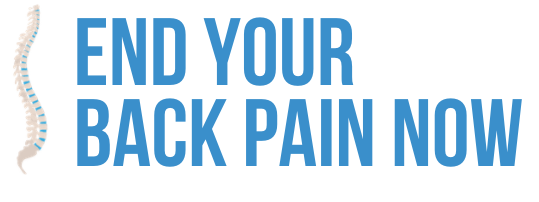The transverse abdominus (TVA for short) is the deepest layer of muscle in your abdominal wall. Its primary job is to act like a “corset” to the core region of your body.
Now, there has been a RAGING debate lately as to the validity of focusing on this muscle for the purpose of stabilizing the spine. Some say “Suck your abs in when you lift things”, while others say “Brace your abs as if performing a crunch when lifting things”. That’s not the exact argument, but for the purpose of this blog post, it’ll do!
So, what is a back pain sufferer to do??
I have always been a proponent of doing what works. I’ll use damn near any approach that is useful in some way, particularly when it comes to working with people in chronic pain. I’ve personally used both of these versions of abdominal stability, and can say for sure….
BOTH of them work.
However, they both work for DIFFERENT tasks. The larger “global” muscles, such as the obliques (love handle muscles), and rectus abdominus (six pack muscles) are normally used for larger tasks, such as big movements of your spine. It makes sense to use these muscles, and with more activation when you have back pain. However, you should NOT need to use them while performing tasks such as picking up your newspaper in the morning. If so, then you REALLY have issues in your lower back.
The problem with overuse of the “bracing” technique lies in the long term shortening and tightening of the superficial abdominal muscles. The rectus abdominus DEPRESS the sternum. For example, if you think about what the end of an ab crunch looks like, and imagine doing that in a standing position, you will see how most people stand.
A sunken chest, rounded shoulders, etc…
Too much tension in these abdominal muscles overtime leads to all issues that can be associated to excessive thoracic kyphosis (rounded mid-back), particularly if not countered by good strength in the mid-back muscles. Imbalances in the respiratory system are one of my major concerns. One of the best ways to test the function and train the transverse abdominus is via the Stabilizer Biofeedback Pressure device.
–Sam Visnic
